Geoff Roberts: The infrastructure which will forever leave its mark on our great city
If there is a positive thing about COVID-19, it is that authorities have been forced into making bold decisions on infrastructure, writes Geoff Roberts.

NSW
Don't miss out on the headlines from NSW. Followed categories will be added to My News.
There is a bright side to the major crises of the past 100 years have affected Greater Sydney. COVID-19, wars, Depression and Recession - each has driven bold decisions on infrastructure that created jobs and hope and made our city better.
There are 11 major projects that have given silver linings to dark historic clouds. They are my Infrastructure Icons – born of tough times but forever shaping Greater Sydney.
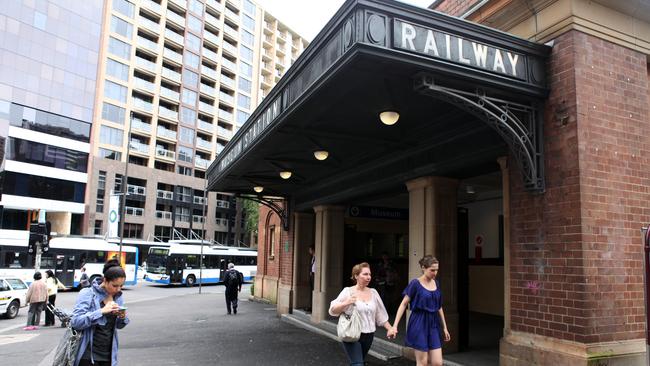
THE CITY CIRCLE
The City Circle might play second fiddle to visionary city engineer John Bradfield’s mighty Sydney Harbour Bridge but every day it shuttles tens of thousands of us every day under the Harbour CBD’s streets.
Inspired by the metros and subways of major cities, it was first proposed in 1915, but delayed by the Great War. The first stations, St James and Museum stations opened in late 1926, followed by Wynyard and Town Hall stations when the Harbour Bridge was completed. A century later our CBD rail capacity is being boosted by construction of the Sydney Metro.
sydney harbour bridge
Although a Sydney Harbour Bridge was first pitched in 1815, and 100 years later by Bradfield, it took until 1923 before the first sod was turned. The eight years of construction were a godsend during the Great Depression and the ’coathanger’ became national symbol of resilience and effort. People still marvel that an 80-year-old bridge still has capacity for 21st century traffic.
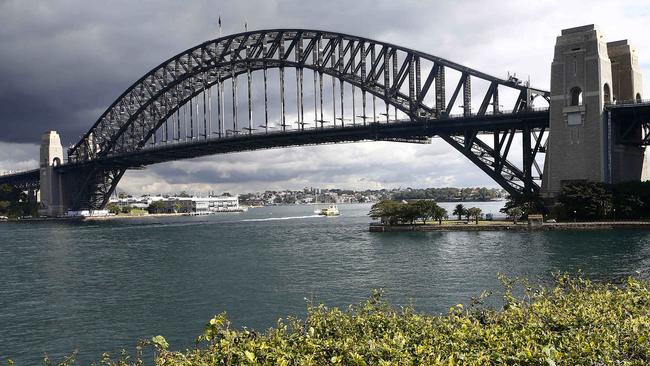
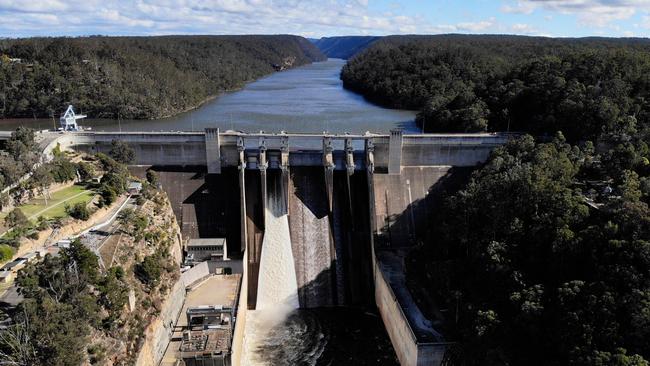
WARRAGAMBA DAM
Warragamba Dam, one of the world’s largest domestic water supplies, was built when the city had just 1.5 million people. It now supports almost five million.
Eight years of record drought in the late 1930’s triggered action after World War Two. Construction took 12 years and Warragamba has supported Sydney’s growth on the edge of the driest inhabited continent.
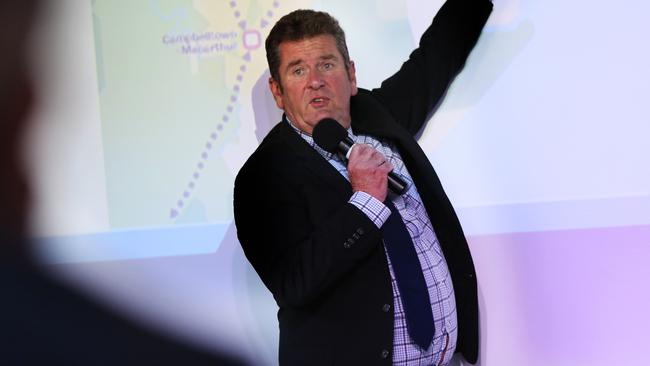
HOUSING COMMISSION
COVID-19 has highlighted that safe, secure housing is vital to health and well--being and our Social Housing Estates emerged from similar needs after World War Two.
The Housing Commission, founded in 1942 to house war workers, built almost 38,000 good-quality, affordable and largely free-standing homes from 1945-55, for people of differing incomes.
Today, fewer families but more single people need social housing, so it has adapted to smaller dwellings, integrated with private and affordable housing and cleverly designed to reduce maintenance costs.

SYDNEY OPERA HOUSE
The Sydney Opera House might have been built at Wynyard, if Premier Joe Cahill’s mind had not been changed in the early 1950’s. Fortunately, he was convinced it must be on Bennelong Point, long known to the Gadigal people as Tubowgule - “where the knowledge waters meet.”
A government-run international design competition led to Jørn Utzon’s impossible design, but more than 60 years later, the Sydney Opera House earns and deserves all superlatives as the harbourside jewel in cultural crown.

WESTERN SYDNEY PARKLANDS
Western Sydney Parklands are the largest urban park in the world. They were provided for in a 1968 strategic plan seeking to response to Sydney’s growth and need for open space.
At 5,200 hectares, the Parklands are 14-times the combined size of the Royal Botanic Gardens, the Domain, Centennial Park and Moore Park and their patronage has literally doubled during COVID-19.
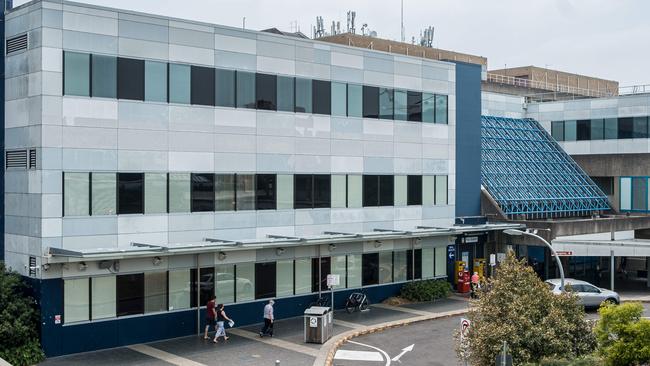
WESTMEAD HOSPITAL
Building Westmead Hospital to service the western suburbs was viewed as a crazy decision in the 1970s when conventional ‘wisdom’ located specialised healthcare resources in the Greater Sydney’s east.
Today, Westmead is the largest healthcare precinct in the southern hemisphere, providing outpatient services to one in five Sydneysiders and home to world-leading services in major trauma, transplants, neurosurgery, oncology and cardiology services and the Children’s Hospital.
DEEPWATER OCEAN OUTFALLS
The Deepwater Ocean Outfalls today go largely unremarked as we enjoy our beaches, but they resolved a long-time dilemma. Our first sewer was the Tank Stream and then, for decades, the harbour. In the 1970s and 80s, beachgoers had tired of murky water and action was demanded at protest marches and a concert at Bondi Beach attended by 250,000 people.
The Outfalls, costing $600 million in today’s money, opened in 1990 and today our beaches are no longer a health hazard.
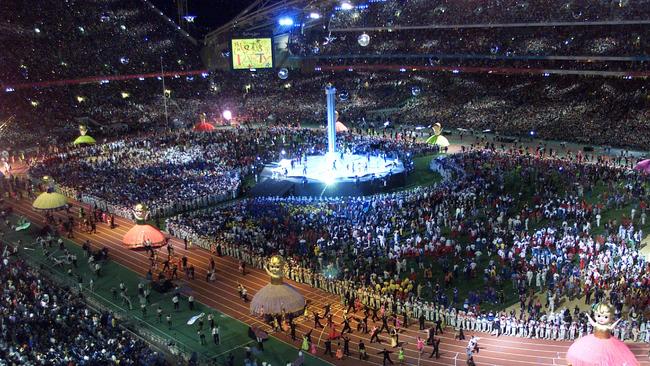
SYDNEY OLYMPICS
Planning for the Sydney Olympics commenced long before Cathy Freeman lit the cauldron, but from the earliest efforts in the early 90s to host the games, through to the Closing Ceremony, they transformed our city and influenced future city-shaping. Our Games presented our modern city to the world and left an enduring green focus on planning beyond the rail, stadia and public spaces created for them.
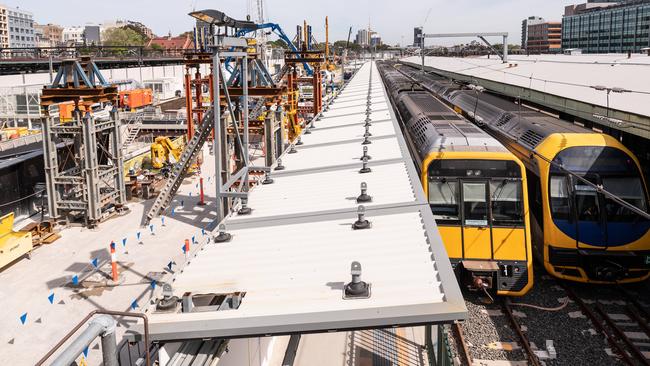
SYDNEY METRO
The Sydney Metro network and the Western Sydney (Nancy-Bird Walton International Airport) are the city-shaping icons of today. Sydney Metro already is linking Chatswood and the North Western suburbs. Sydney Metro West will connect the Parramatta and Harbour CBDs, and work on Sydney Metro – Western Sydney Airport will start soon.
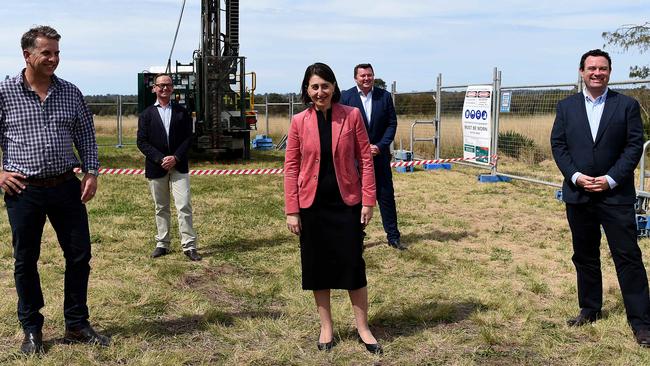
WESTERN SYDNEY AIRPORT
The new airport – a once in a lifetime project for a city – and its associated Metro, will draw investment in new jobs, housing choices, education, services and open space. They will define the Western Parkland City for the next century.
My list is not exhaustive and certainly debatable. Each icons was born of times not unlike our challenges of today and each has had a permanent benefit for Greater Sydney.
Geoff Roberts AM is Chief Commissioner of the Greater Sydney Commission
MORE NEWS
